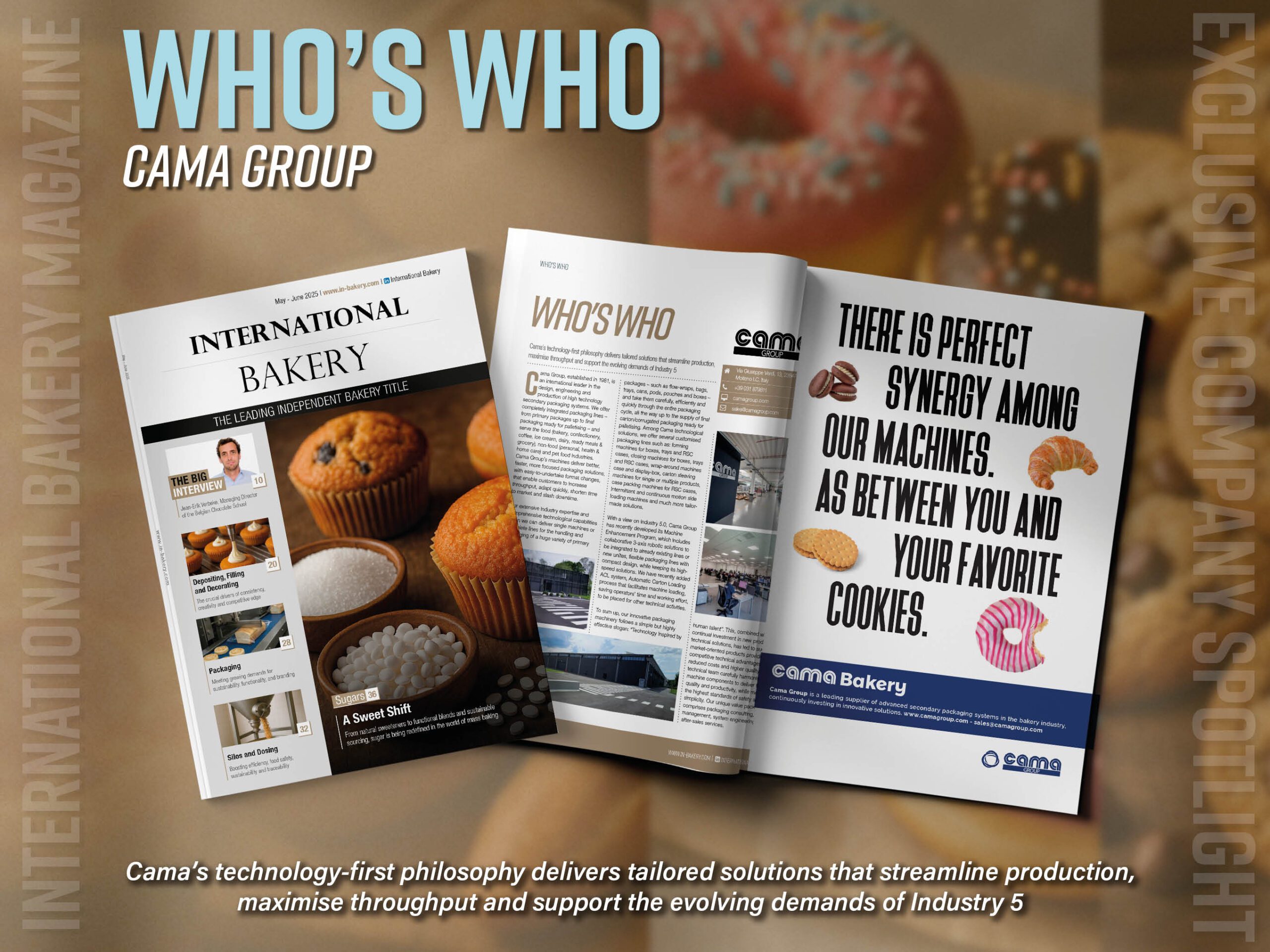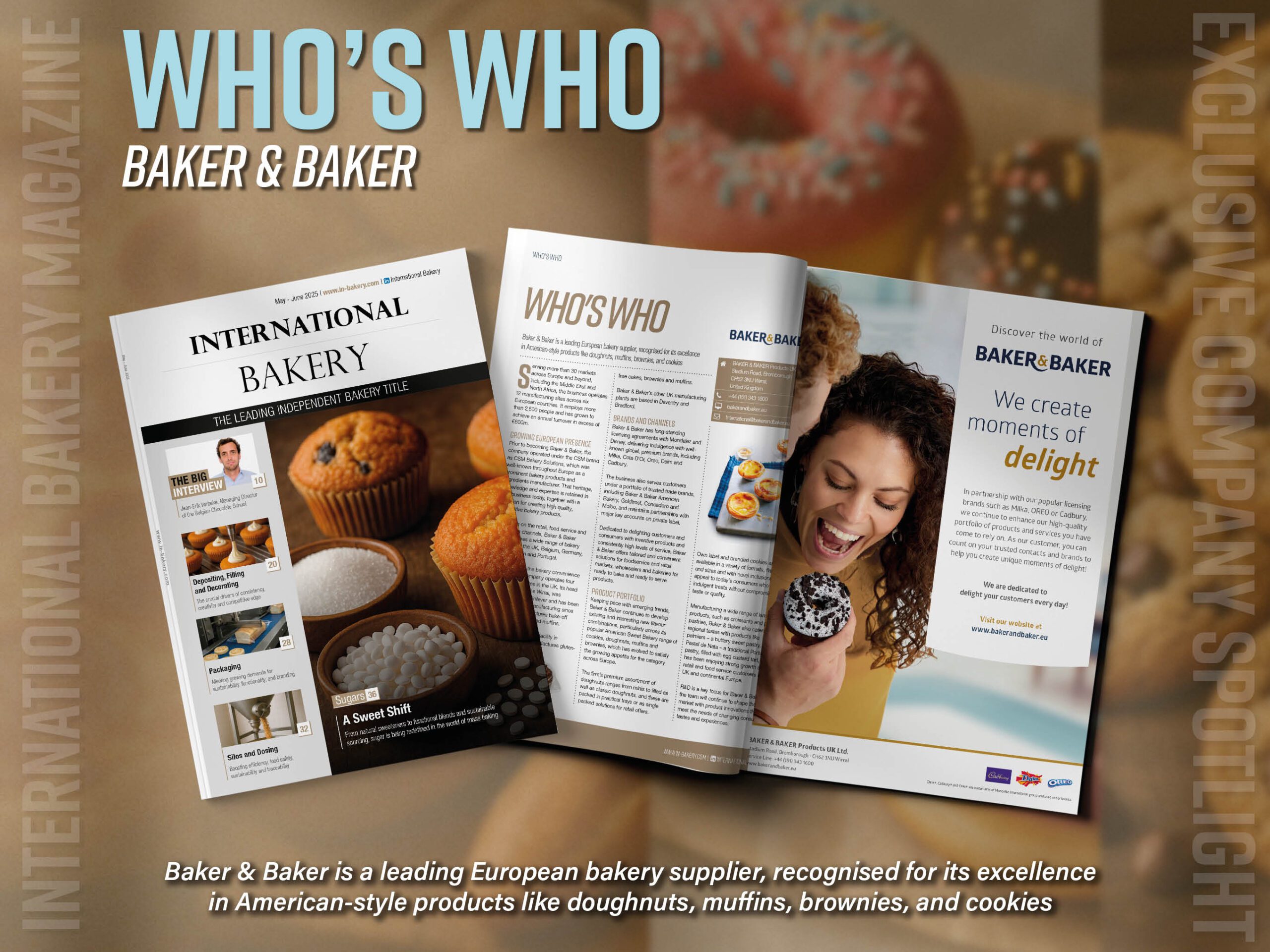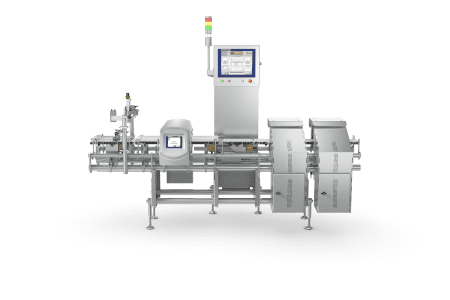Manufacturing remains one of the UK’s key strengths, with an output valued at £224 billion, placing us as the eighth-largest manufacturing nation globally. However, to maintain this position, significantly increasing automation is crucial. Despite automation’s proven benefits in productivity, waste reduction, quality improvement, and labour shortage mitigation, the UK lags in robot density, ranking 25th in the IFR global robot league table. To remain competitive, integrating automation from the outset of product design, production line planning, or facility upgrades is vital.
Here, Oliver Selby, Head of Sales for FANUC UK, offers six essential design tips to ensure seamless automation integration:
1. Embrace the Automation Process
Automation should be at the forefront when designing a product. Incorporating features that facilitate automation, such as robot-friendly pickup points or accessibility for vision systems and welding torches, is crucial. This approach also applies to the broader production line. While designers may be hesitant to modify material choices or processes, it is often more cost-effective to prioritise automation, even if it means compromising on certain materials or techniques.
2. Prioritise Parts
Efficient part delivery is critical for successful automation. Often, significant costs (up to 20-30% of a project’s budget) are spent on organising parts before automation can commence. Keeping parts in order—whether in nested boxes, on conveyors, or in stacks—saves time and money. Additionally, consider part handling and fixturing. Standardising features across parts can minimise fixture costs, especially when dealing with multiple components.
3. Consider Total Cost of Ownership (TCO)
Focusing solely on a quick return on investment (ROI) can lead to suboptimal automation solutions. Instead, evaluate the Total Cost of Ownership (TCO), which includes factors like maintenance, energy usage, and repairs, beyond the initial purchase price. A TCO approach ensures that the automation solution provides long-term value, aligning with the business’s overall goals.
4. Remember the Process, Not Just the Consumer
While consumer-friendly designs are important, they should not compromise the automation process. For instance, trends like shelf-ready packaging with loose lids or tear-off flaps, while convenient for retailers, can hinder automation, particularly in end-of-line palletising. Before implementing such changes, assess their impact on automation and production efficiency to avoid potential disruptions.
5. Engage with Automation Suppliers Early
Involving automation suppliers early in the design process is critical. Companies like FANUC offer extensive experience across various industries and applications, from low-cost product manufacturing to high-value goods and EV battery production. Early engagement allows designers to leverage this expertise, ensuring that automation is seamlessly integrated into their operations.
6. Try Before You Buy
For companies new to automation, exploring low-cost, low-risk options like Robots as a Service (RaaS) can be beneficial. RaaS allows manufacturers to lease robots on a subscription basis, providing a flexible and affordable entry point into automation. While this model suits simple applications like palletising or specific welding tasks, it offers a valuable opportunity to experience the benefits of automation before making a full investment.
Read more latest industry news and developments in our free to download magazine.
Never miss a story… Follow us on:
International Bakery
@int_bakery
@Bakeryint
Media contact
Joseph Clarke
Editor, International Bakery
Tel: +44 (0) 1622 823 920
Email: editor@in-bakery.com






